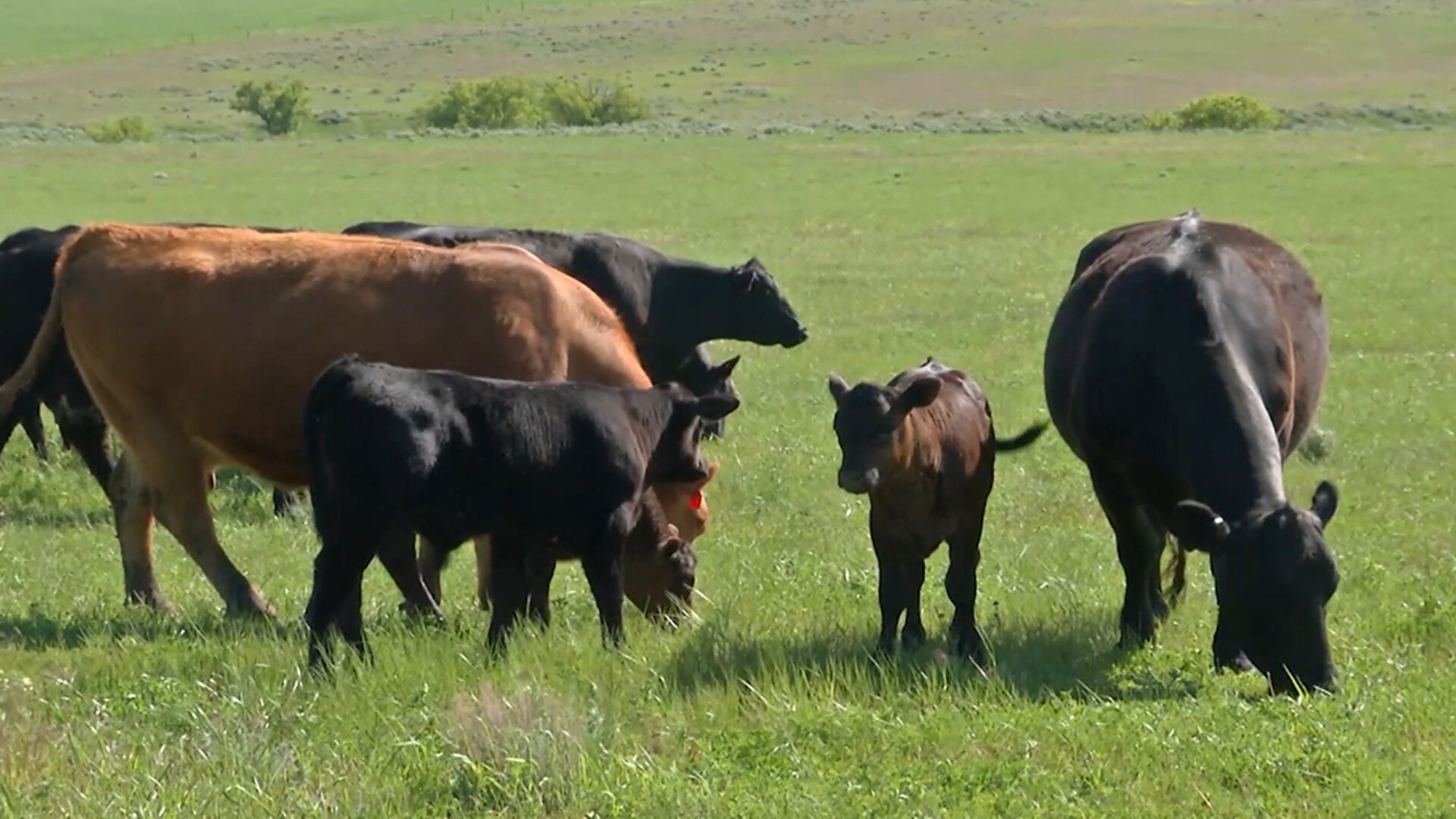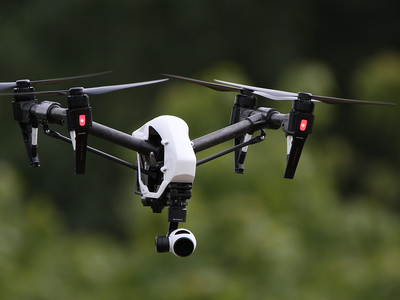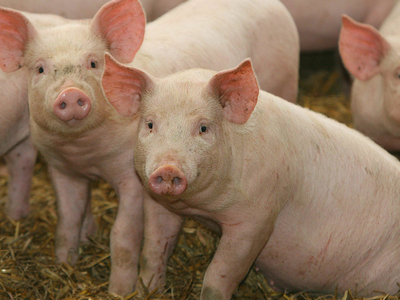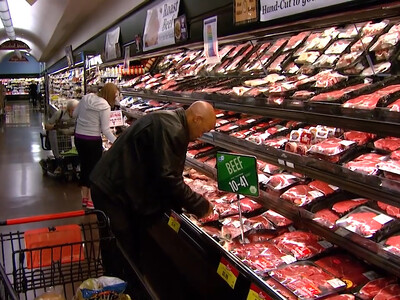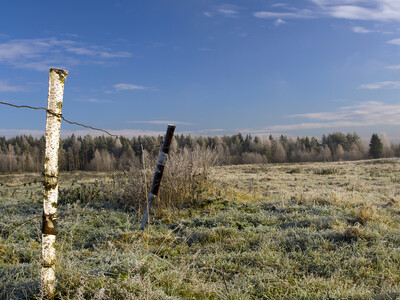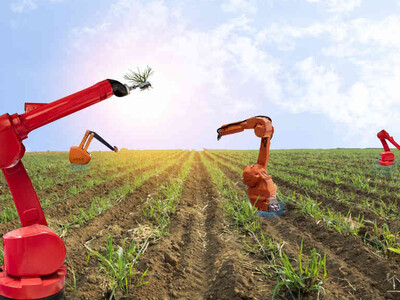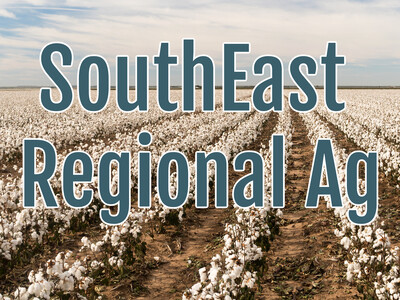Cattle Inventory Report Reveals Smallest Beef Herd Since 2014
All cattle and calves in the United States on July 1, 2022, totaled 98.8 million head, 2% below the 101 million head on July 1, 2021, USDA NASS reported on Friday.All cows and heifers that have calved totaled 39.8 million head, 2% below the 40.6 million head on July 1, 2021.
Beef cows, at 30.4 million head, down 2% from a year ago. Milk cows, at 9.45 million head, down 1% from the previous year.
All heifers 500 pounds and over on July 1, 2022, totaled 15.6 million head, 2% below the 15.9 million head on July 1, 2021. Beef replacement heifers, at 4.15 million head, down 3% from a year ago. Milk replacement heifers, at 3.75 million head, down 1% from the previous year. Other heifers, at 7.70 million head, 1% below a year earlier.
Steers 500 pounds and over on July 1, 2022, totaled 14.4 million head, down 1% from July 1, 2021.
Bulls 500 pounds and over on July 1, 2022, totaled 2.00 million head, unchanged from the previous year. Calves under 500 pounds on July 1, 2022, totaled 27.0 million head, down 3% from a year earlier.
Cattle and calves on feed for the slaughter market in the United States for all feedlots totaled 13.4 million head on July 1, 2022, unchanged from previous year. Cattle on feed in feedlots with a capacity of 1,000 or more head accounted for 84.6% of the total cattle on feed on July 1, 2022, up slightly from the previous year. The total of calves under 500 pounds and other heifers and steers over 500 pounds (outside of feedlots), at 35.7 million head, down 3% from the 36.7 million head on July 1, 2021.
The 2022 calf crop in the United States is expected to be 34.6 million head, down 1% from last year. Calves born during the first half of 2022 are estimated at 25.3 million head, down 1% from the first half of 2021.
An additional 9.30 million calves are expected to be born during the second half of 2022.
"Just as expected, Friday's midyear Cattle Inventory report showcased lower numbers throughout the entire report, as cattlemen have dealt with financial hardships and prolonged drought over the past two years, which has led to historical culling practices," said DTN Livestock Analyst ShayLe Stewart. "While the report depicts a wealth of true knowledge that will undoubtedly lead to higher cattle prices in the months and years to come, three of the most sought-after pieces of information on this report are total beef cow numbers, beef replacement heifers, and the 2022 calf crop projection.
"Friday's report shared that the nation's beef cow herd sits at 30,350,000 head. That is down 2% from a year ago and is the lowest the beef-cow herd has been in the last eight years, or since 2014. Knowing where the nation sits with its cowherd inventory is critically important in gauging what the market could do in the future. Given that the beef cowherd is the nation's factory to the rest of the cattle market, it's fair to assume that with demand being as strong as it is both domestically and internationally, prices should grow higher as our domestic supplies of all cattle (calves, feeder cattle, fat cattle and cows) have dramatically decreased. But given the most recent beef cow slaughter data for the week ended July 10, 2022, this year's beef cow slaughter has totaled 2,105,300 head -- which is 14% greater than a year ago and 27% greater than the market's five-year average. With how aggressive slaughter speeds have been, one has to wonder if there aren't actually fewer beef cows than what USDA reported out in the country.
"To follow that thought, it's also important to know and understand how many beef replacement heifers are accounted for throughout the countryside. Friday's report shared that beef replacement heifers total 4.15 million head, which is down 3% from a year ago and is also the lowest beef replacement heifer figure that the market's seen since 2014, or in the last eight years. This indicates that the nation's likelihood for growth in the cowherd won't be in the immediate future.
"And last, but not least, cattlemen have been anxious to see what the 2022 crop is projected to produce, which totaled 34.6 million head, down just 1% from a year ago. Of all the numbers reported, this one seems questionable to me, as extreme weather conditions made calving difficult in the North, and with fewer cows lining the plains and prairies from coast to coast, one would sensibly expect a bigger decrease in the nation's calf crop."
Source: DTN


